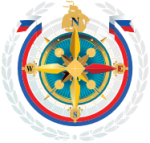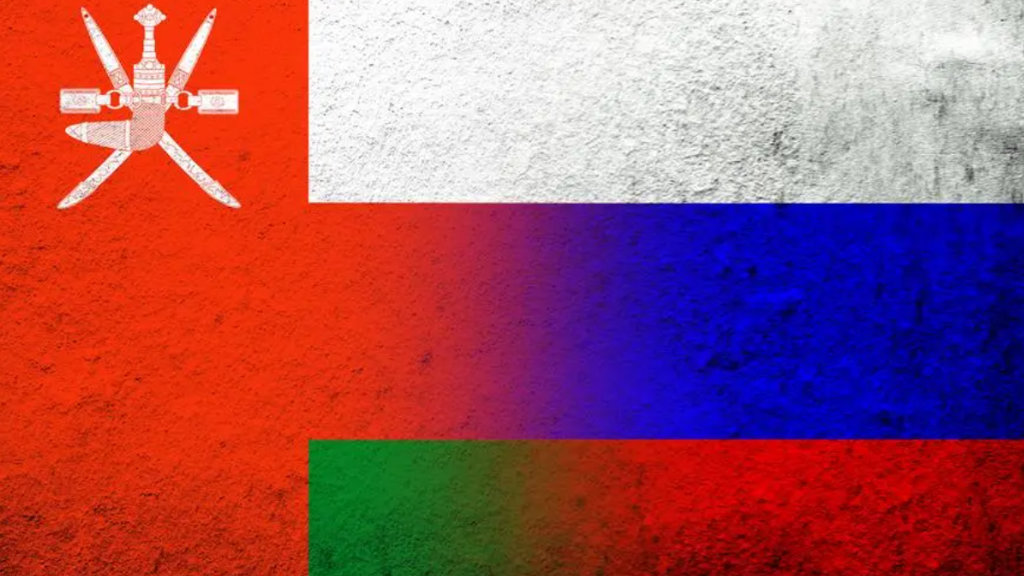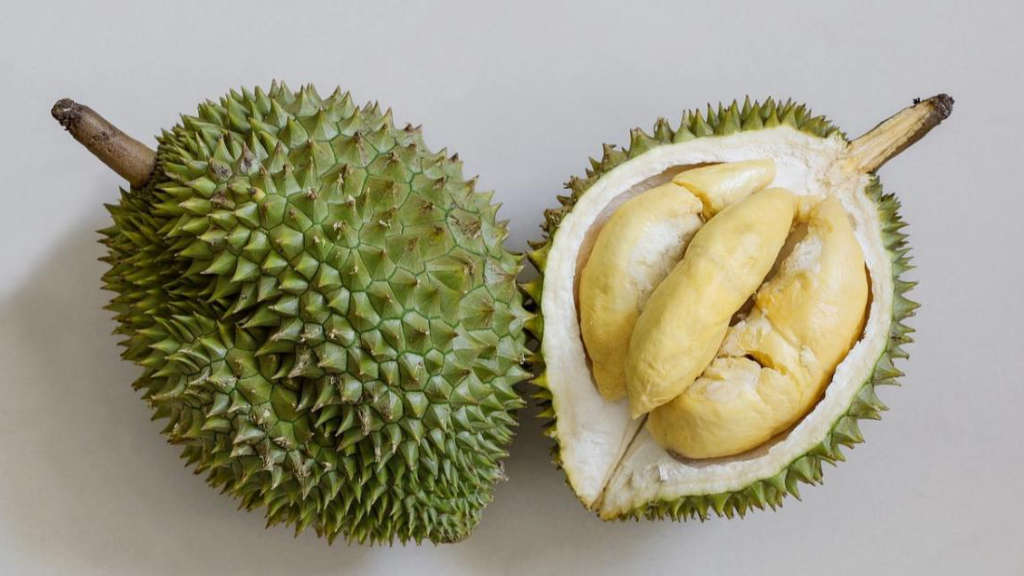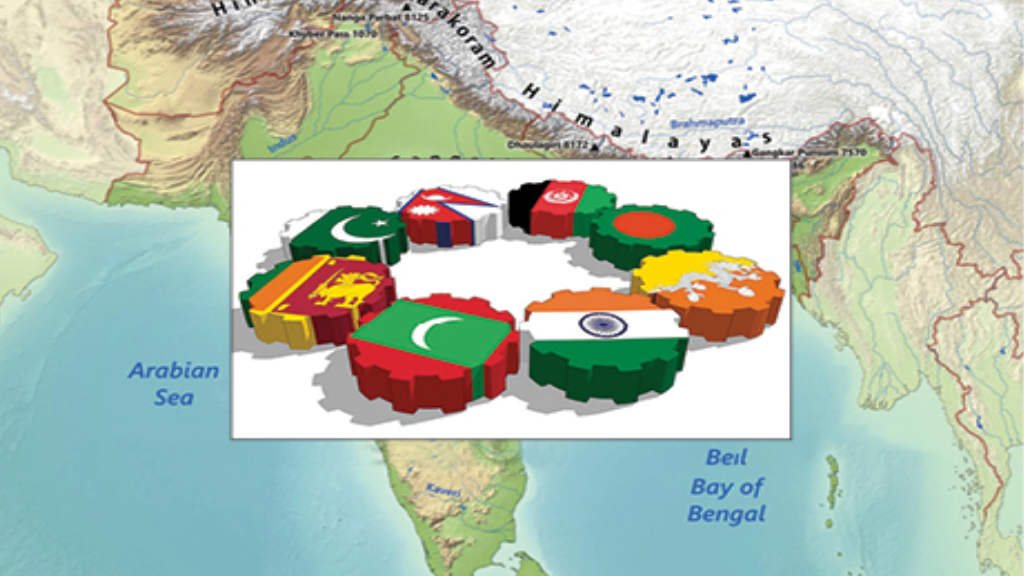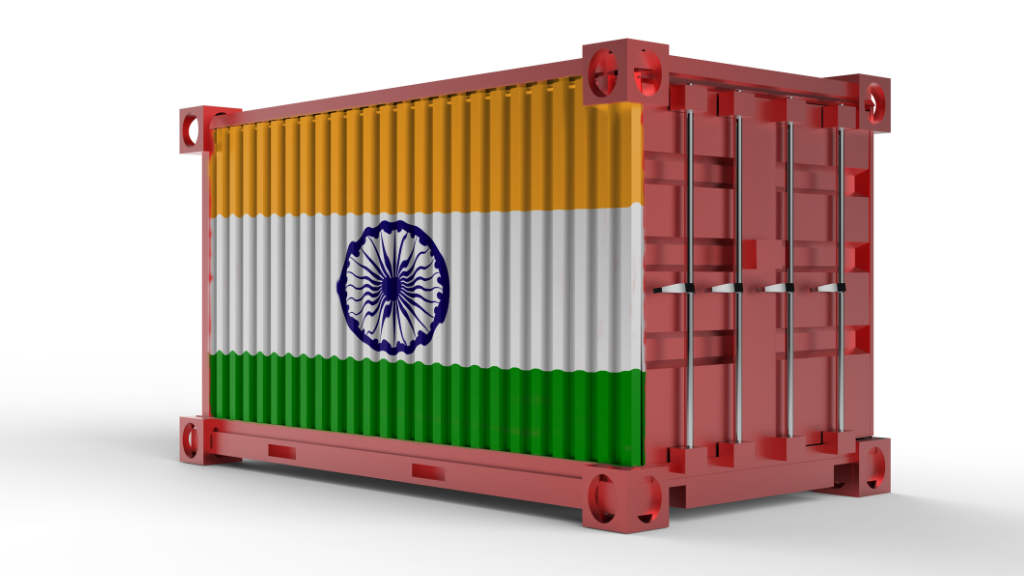Oman is interested in attracting Russian investors in the sectors of sustainable development, tourism, technology, as well as other areas, according to the Omani government. In order to create favorable conditions for foreign investment, Oman has been developing special economic zones in the country and has specifically created areas where the Sultanate needs a Russian presence. Incentives include access to international markets through Gulf ports and developed infrastructure.
Khalfan bin Said Al-Shuaili, the Omani Minister of Housing and Urban Planning, stated “We regularly meet with Russian investors. There is a real desire for investment in the sectors of sustainable development, tourism, technology and other areas, including industrial. We are happy about this and believe that this is a large market with ample opportunities. We hope that trade turnover will grow in the future.” According to him, maritime infrastructure is considered an important area of Russian-Omani efforts.
Ahmed Ali Akaak, the general director of the Duqm Special Economic Zone has reiterated this, saying “We are open to cooperation with Russia. We really need to see Russian investors in the Duqm region, and especially in technology, industry, and innovation. Russia is highly developed in these areas. Legislation has been prepared for this cooperation, there are investment incentives, enough opportunities, all this is available.”
Duqm SEZ
The Duqm SEZ covers about eight zones with heavy and fishing industries and an airport. It is connected to both regional and global markets, and provides tax incentives and offshore banking services that help provide access to emerging markets in East Africa. These include oil refineries as well as fishing and food production facilities, alongside projects for the use of renewable energy sources. The Duqm SEZ is the largest in the MENA region.
Sohar FTZ
Another advanced project of the country is the Sohar Free Trade Zone, created in 2010. Tax breaks, low prices for licenses and company registration, profitable rent, extension of residence for investors to 10 years and a number of other relaxations have led to an increase in foreign capital in Sohar, which is connected by highways to the UAE and Muscat (220 km to the capital Oman) and has highway connections to Saudi Arabia, providing fast and easy transportation and logistics.
Oman Trade Demographics
Oman is a member of the Gulf Cooperation Council (GCC), benefiting from regional free trade agreements that allow duty-free access and promote economic integration. Through the GCC, Oman has agreements with Singapore, the European Free Trade Association, and other key partners. The United States-Oman Free Trade Agreement further enhances access to U.S. markets, while Oman’s membership in the Arab Free Trade Area facilitates trade within the Arab League. As a member of the World Trade Organization, Oman adheres to global trade rules and promotes multilateral trade. Bilateral Investment Treaties with countries like China, India, and Germany also boost foreign direct investment.
With a population of approximately 5.28 million, Oman has a GDP (PPP) of US$221.1 billion and a GDP (PPP) per capita of US$41,652. The economy grew by 1.02% in 2024.
Oman-Russia Trade Dynamics
Oman’s bilateral trade with Russia has seen steady growth, increasing from US$171.7 million in 2021 to US$250.8 million in 2022, and reaching US$400 million in 2023. Bilateral trade during 2024 is estimated to have reached US$500 million. Russia exports mainly refined petroleum, wheat and iron reductions, with possibilities for further processing these to add value and finished products in Oman. Moscow and Muscat are working to introduce a visa-free regime and are planning cultural events in 2025.
Further Reading
Oman and Qatar Want To Join The North-South Transport Corridor
